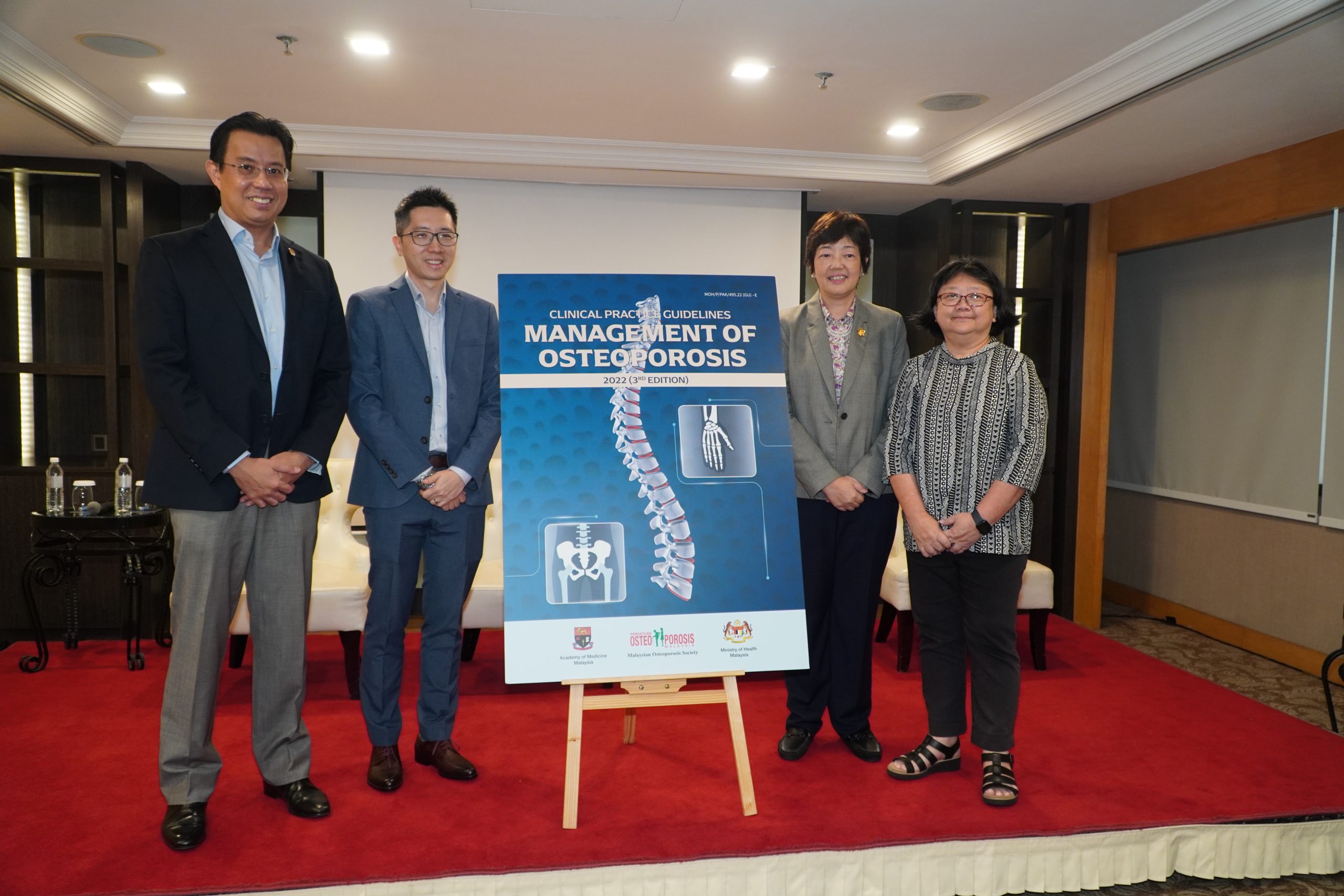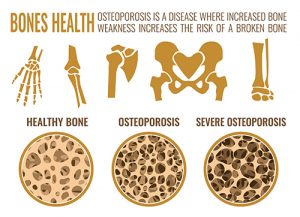WORDS PROFESSOR DR CHONG WEI YING
 FEATURED EXPERT FEATURED EXPERTPROFESSOR DR CHONG WEI YING Deputy Director Active Ageing Impact Lab Taylor’s University. |
The word “retirement” conjures images of endless days of relaxation, hobbies pursued at leisure, and perhaps occasional travel. However, this traditional view of retirement is rapidly evolving.
RETIREMENT IS JUST THE BEGINNING OF A NEW PHASE OF LIFE
Today, retirement is increasingly perceived not as an end but as a beginning—a phase of life during which individuals can leverage their decades of experience, skills honed over a lifetime, and a wealth of knowledge to contribute to society in meaningful ways.
The appeal of entrepreneurship has never been greater to individuals, attracting those who desire greater autonomy, choices, and possibilities for unlimited growth in their golden years.
WHY ENTREPRENEURSHIP?
The reasons for this shift are manifold.
Longer lifespan. For one, a longer lifespan has prompted individuals to redefine retirement. With the accumulated resources, such as financial savings and extensive professional networks, individuals might want to expand their activities to include continued work in some capacity, engaging in lifelong learning, pursuing new hobbies, or even starting new businesses after retirement.
Greater access to digital media. Additionally, the advent of the digital era has made access to information, resources, and networks easier than ever for individuals to start businesses from the comfort of their homes.
New goals. Individuals are encouraged to remain engaged, mentally alert, and physically active during their retirement years. Launching a business can offer a renewed sense of purpose, providing a compelling reason to greet each morning with enthusiasm and a goal to work towards. It embodies the pursuit of continued growth, learning, and self-challenge.
Leaving a legacy. In certain cases, embarking on entrepreneurship in later life serves as a powerful means to impart wisdom to the younger generations. This exchange across ages not only narrows the divide between the young and the elderly but also cultivates a culture of ongoing learning and cooperation. Embracing an entrepreneurial spirit in one’s retirement years not only enhances personal fulfilment but also benefits the economy and society at large through job creation, innovation stimulation, and economic growth.
IGNITING YOUR ENTREPRENEURIAL SPIRIT
Before deciding to jump into a business and get caught up in the excitement, it’s crucial to adopt a sober view of potential problems. You first must ask some questions early that might mitigate or prevent potential problems and avoid unnecessary grief.
Here are some practical questions designed to help you determine if starting a business during your golden years is the right decision for you:
- Do I have the skills and strengths required to start and manage a new business, or is it primarily seen as a hobby? How does this interest align with the practical aspects of running a business?
- Am I financially stable enough to start a business without jeopardizing my retirement savings? What funding options do I have in place?
- Do I have the physical and mental stamina required to start and manage a new business? How might this impact my health and lifestyle?
- How comfortable am I with taking risks at this stage in my life? Am I prepared for the possibility of failure
- Am I looking to build something that leaves a legacy, or am I interested in a venture that meets immediate goals? Who can provide advice and assistance?
- How can I leverage my professional and personal connections for support and growth opportunities? Who can be my mentor in the entrepreneurial journey?
- Is there a real demand for the product or service I plan to offer? How saturated is the market?
- Are there any cost-effective business models that can lower the business risk? How can these models significantly reduce financial exposure and operational risks?
- What is my exit strategy if the business doesn’t go as planned? How will this impact my future and finances?
- What are the legal implications of my business structure (for example: sole proprietorship, partnership, corporation), and how does it affect my liability and tax obligations? How do I ensure that my business practices comply with stated laws?
As you approach your golden years, it is you that will make the crucial decisions about whether to have a phase of relaxation or a stage for active participation, personal fulfilment, and societal contribution. Starting a business will not only transform your life but also enrich society, showcasing the untapped potential of your later years.



